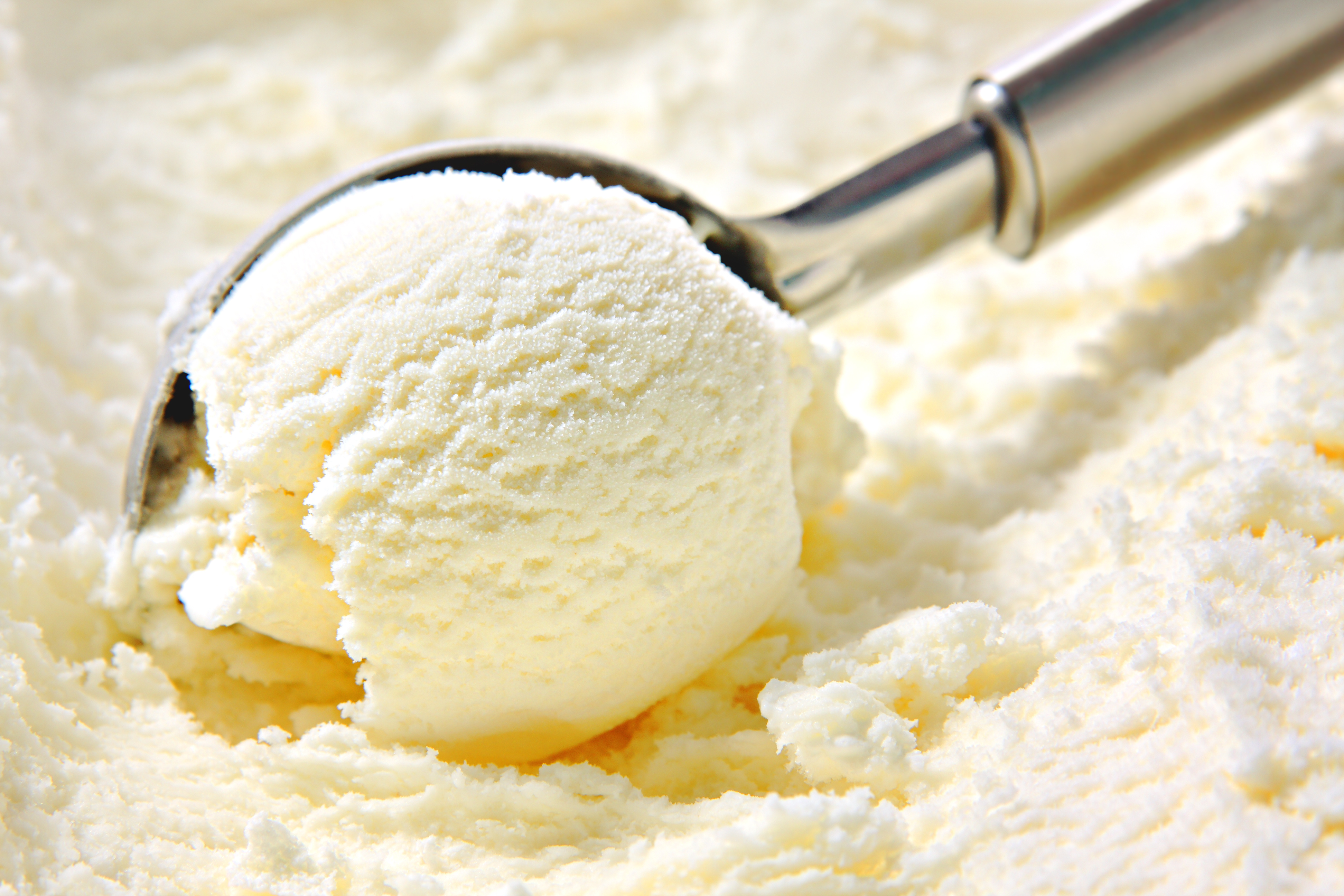Over time, ice cream became a popular treat in many cultures around the world. In ancient Persia, people would use ice and syrup to make a refreshing dessert. And in ancient Greece, they would mix snow with honey and fruit to make a sweet and icy treat.
But it wasn't until the 16th century that ice cream really started to take off in Europe. The Italian royal court was the first to really embrace ice cream, and soon it became a popular dessert in France and England too. In the 1600s, King Charles II of England employed a French chef named De Mirco to create extravagant desserts for his royal court. De Mirco is said to have created a dessert called "iced cream" which was a hit with the king and his courtiers. It's believed that this was one of the first examples of ice cream being enjoyed by European aristocracy.
Over the next century, ice cream began to spread throughout Europe, with new flavors and variations being developed. Ice cream's popularity continued to grow throughout the 19th and 20th centuries, with new inventions like the ice cream cone and the ice cream truck helping to make it a favorite treat for people of all ages.
Nowadays, there are so many different types of ice cream to choose from, like vanilla, chocolate, strawberry, and mint chocolate chip - just to name a few! And there are also lots of fun ways to eat ice cream, like in a cone, in a sundae, or even in a milkshake.

Interested in making your own ice cream? Dig into a series of kitchen chemistry experiments and kid-friendly recipes for ice cream and sorbet with KiwiCo’s Science of Cooking: Ice Cream! The kit includes a bunch of awesome materials to make your own ice cream at home!
The Science Behind Ice Cream
The history of ice cream is awesome, but do you know what's even cooler? The science behind it!

First, let's talk about the ingredients. Ice cream is made up of milk, cream, and sugar, plus fancy flavorings. When you mix these ingredients together and freeze them, something magical happens. Ice cream is formed!
The reason ice cream gets so cold and frozen is because of the science of freezing. When you put the ice cream mixture into a freezer, the temperature gets really cold, around -18°C. At this temperature, the water droplets in the mixture start to slow down and stick together, forming ice crystals.
But, believe it or not, you don't want your frozen desserts to be too icy. As the ice cream mixture gets colder, more and more water droplets inside try to stick together. If they freeze like that, they'll form big ice crystals — or even a whole chunk of ice.
So how do you make ice soft? Step 1: Stir it! Ice cream makers stir the mixture as it freezes, breaking up the big ice crystals into teeny-tiny ones, making them more like snow than ice. But that’s not the whole story — the milk and the cream also have a job to do.
Milk and cream are mostly water, but they also contain bits of butterfat. Each tiny drop of butterfat is protected by a thin outer skin, kind of like a teeny balloon that keeps the butterfat droplets from touching the water around them.
Stirring the mixture (remember step 1?) slams the butterfat droplets against each other, making them burst. Without their skins, the droplets start to clump together — trapping pockets of air in between them.
That takes us to step 2: Add air! Yup, the real MVP ingredient in ice cream is plain old air. The tiny air pockets mixed into the frozen snowflake-like crystals and smooth butterfat creates that creamy, dreamy ice cream texture we all love.
Pretty cool, huh?
Ice Cream FAQs
What's the difference between ice cream and gelato?
While both ice cream and gelato are sweet, frozen desserts, there are a few key differences. Gelato is made with more milk than cream, which gives it a denser, smoother texture. It's also churned at a slower speed, which means it has less air incorporated into it than ice cream.
Can ice cream give you brain freeze?
Yes, it can! Brain freeze happens when cold food or drinks hit the roof of your mouth, causing the blood vessels there to constrict and then rapidly dilate. This sends pain signals to your brain, which is why it feels like your head is freezing!
Why does ice cream get freezer burn?
Freezer burn happens when ice crystals form on the surface of your ice cream, causing it to become dry and brittle. This can happen when ice cream is stored in the freezer for too long or isn't wrapped tightly enough to prevent air exposure.
Can ice cream be healthy?
While ice cream is definitely a treat, there are some ways to make it a bit healthier. Opting for lower-fat varieties, like sorbet or frozen yogurt, can be a good option. And adding fresh fruit or nuts can give your ice cream a boost of vitamins and nutrients. Just remember to enjoy it in moderation!
Can I make ice cream at home?
Yes, you can! There are many recipes online that show you how to make ice cream at home. It's a fun activity to do with friends or family, and you can customize the flavors to your liking!
Conclusion
So, there you have it - a little taste of the history of ice cream! Next time you enjoy a scoop of your favorite flavor, think about all the people who have enjoyed this sweet treat throughout history. And remember, life is short, so eat the ice cream first!
Thanks for reading, and stay cool!
